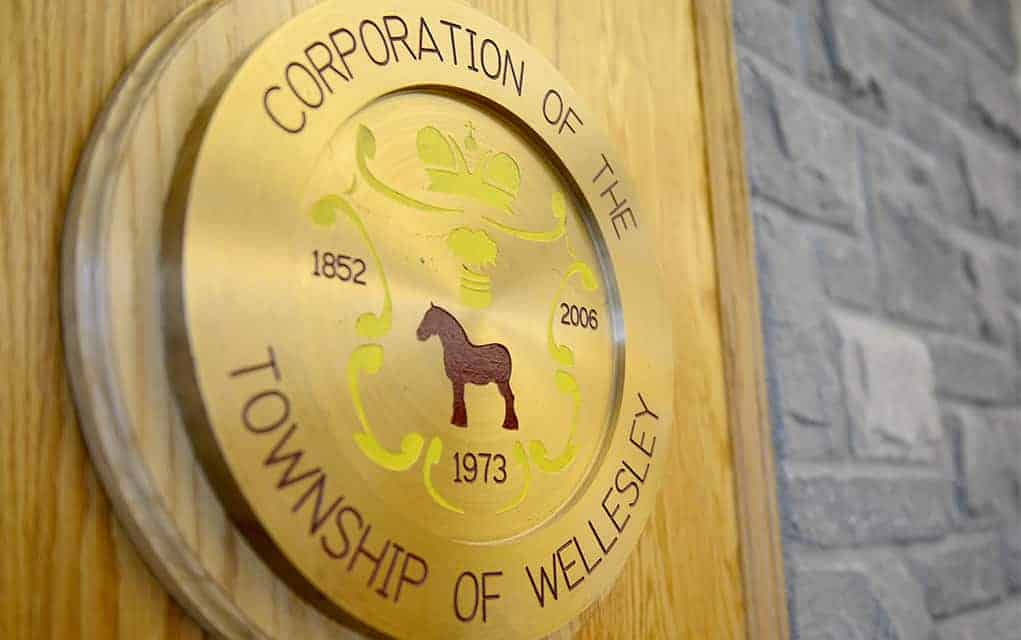Standardized testing results are in for Grade 9 students in the Waterloo Region District School Board, and high level passing rates are down.
Both academic and applied mathematics scores have dropped for students who took the EQAO test in the 2014-2015 school year. For academic students, the rate went from 83 per cent of students passing at a levels three and four down to 81 per cent. Applied mathematics went from 44 per cent of student passing at levels three and four, down to 40 per cent. The EQAO results are divided into four levels, with three and four encompassing the highest scores.
At Elmira District Secondary School specifically, results were on the positive side with 78 per cent of applied math students sitting at, or exceeding the provincial standard set from 2013-2015. In academic mathematics, EDSS has 90 per cent of their students at or above the provincial standard.
Scott Lomax, a superintendent at the WRDSB, says the numbers give the board some guidance when it comes to future teaching methods and strategies.
“The purpose of the EQAO test itself is to inform and guide us into our next step,” he said, adding that because applied math scores dropped farther than academic, that is where the board’s focus is going to be. “Not that we aren’t focusing on the academic, we certainly have a focus right now on our applied level student learners. We know that we have some work to do and plan on doing that through a number of approaches.”
One of those approaches is what the board calls the Innovative Practices project. According to the board’s annual report from 2014, the program has, “Teachers … learning to create conditions for student collaboration, including explicit instruction on collaboration, multiple opportunities for student collaboration, and providing students with feedback on their collaboration skills.”
Traditionally, EQAO results were also used to compare different districts, allowing schools and boards to see how they rank among other schools. This year, however, those results are unavailable due to ongoing labour disputes between staff unions and the province.
For a look at EQAO results in individual schools and school boards, visit www.eqao.com.









